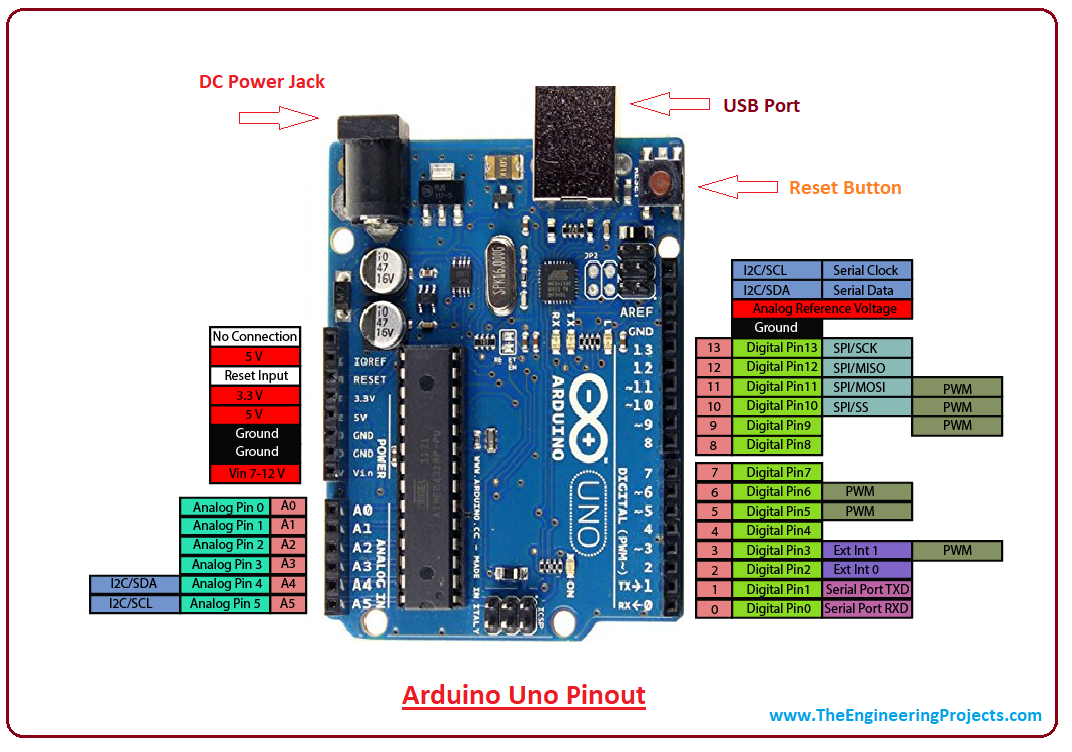

The frequency/clock speed on these boards simply means how fast it can execute commands. You can check out some of the more helpful and interesting Arduino Shields, including the 1Sheeld+ (uses your smartphone as sensors) or a Relay Shield: See related productĪll three Arduino boards have their own level of processing power, so let’s talk about their frequency/clock speed. This means that most Shields are compatible with the Uno and Mega 2560, but the Micro will be out of luck. Coming in last is the Uno, which has 14 Digital I/O pins (with 6 of them having PWM) and 6 Input Analog pins.Īlso good to note, is that both the Uno and Mega 2560 usually come in as through-hole, while the Micro’s pin layout of its header I/O’s allows it to fit into any breadboard or system. Surprisingly, the Micro has the 2 nd most pins out of the three, having 20 Digital I/O pins (with 7 of them having PWM) and 12 Input Analog pins. The board with the most pins is the Mega 2560, which comes in with a whopping 54 Digital I/O pins (were 15 of them have PWM) and has 16 Input Analog pins.

To get connected to your computer and start coding, both the Uno and the Mega 2560 can easily connect with a Standard A/B USB cable, while the Micro will need a Micro-USB cable.Įach of these Arduinos have a different number of I/O pins. The pricing for Micro is usually around $19-25 (can be hard to find stock) while the Uno runs around $20-23, and the Mega 2560 comes in at $36 - $39. Arduino Uno dimensions of 2.7” x 2.1” fall somewhere in between the Micro and the Mega 2560. On the opposite side of the spectrum, the Arduino Mega 2560 board dimensions are about 4” x 2.1”, making it about 6x bigger than the Micro in terms of area size. The Micro comes in, being true to its name, at 0.7” x 1.9” making it one of the smallest microcontroller boards out there.


 0 kommentar(er)
0 kommentar(er)
